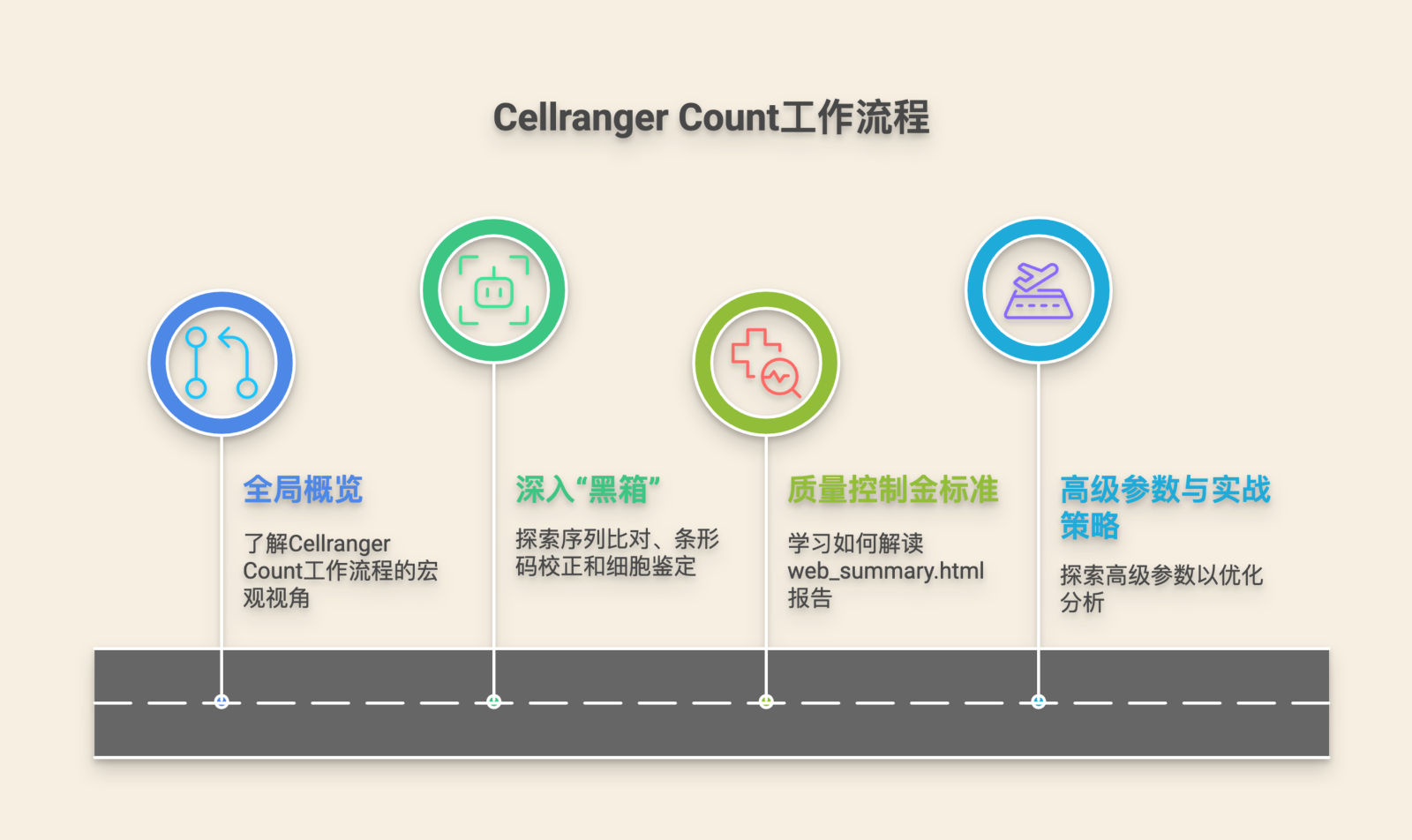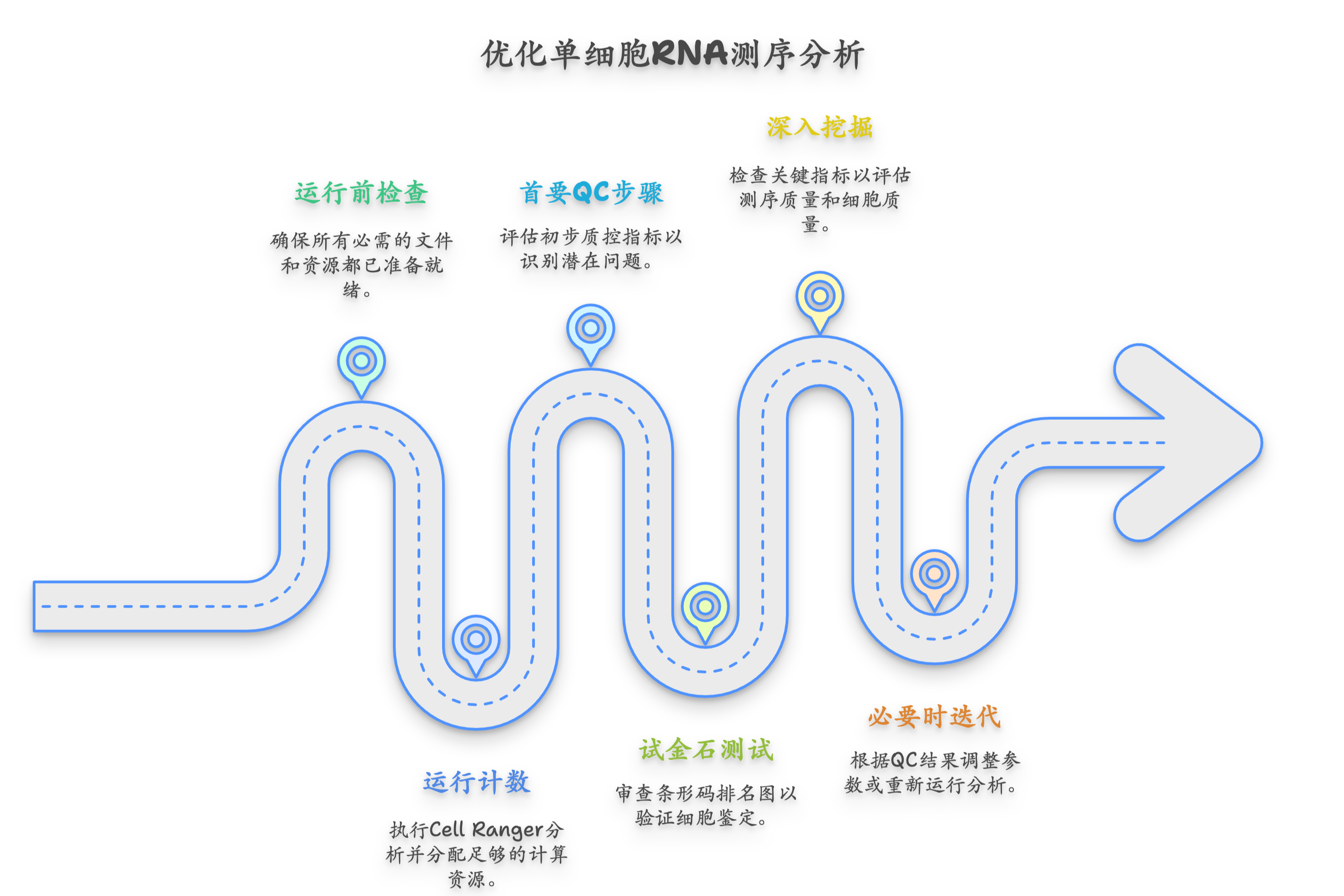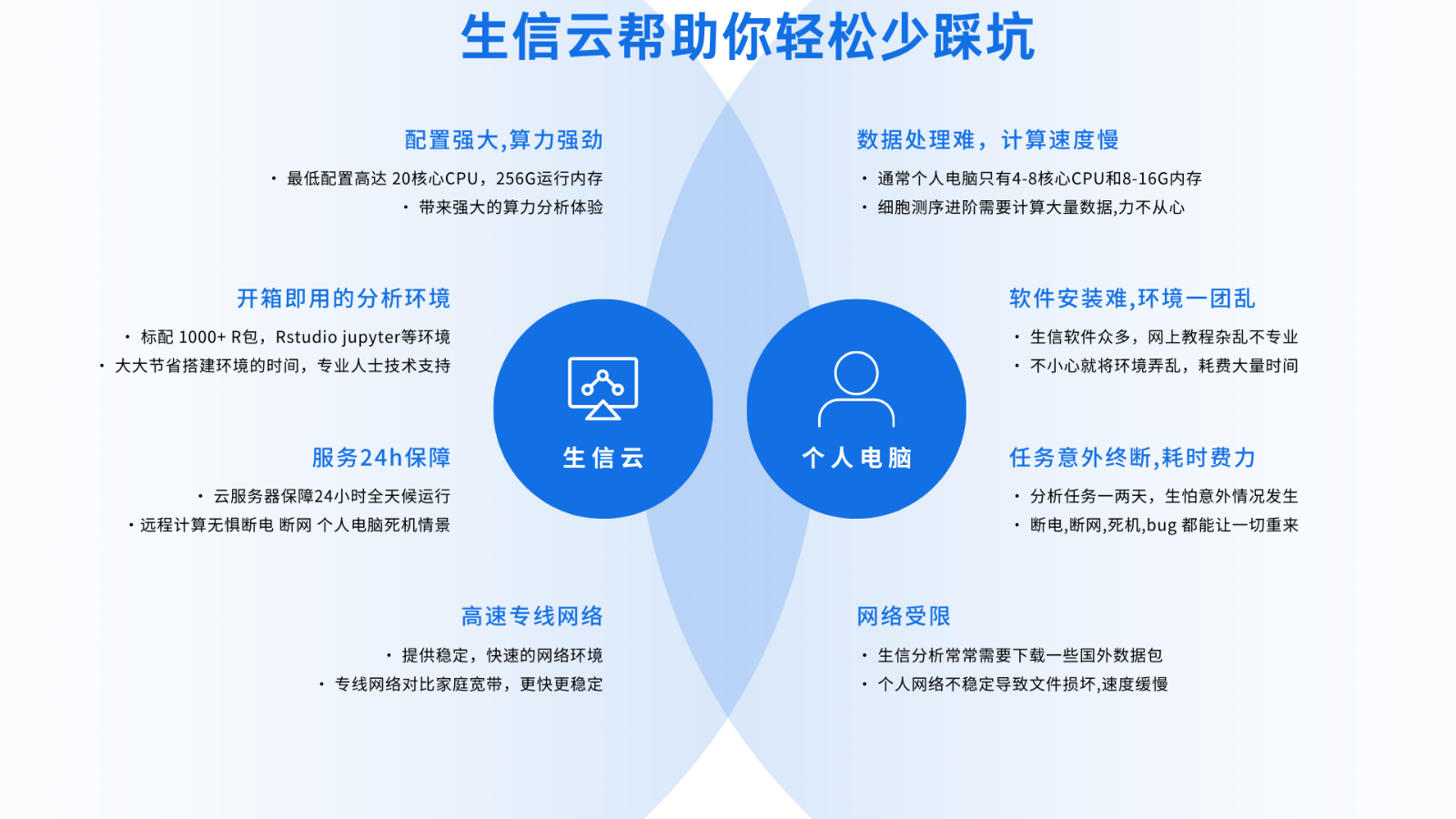
genomic information hub plays a pivotal role in the advancement of precision medicine. These compute environments process substantial biological information to inform clinical decisions. Employing AI-enhanced analysis and robust pipelines, they drive breakthroughs in drug discovery and diagnostics.
Scalable Compute for Large-Scale Genomic Analysis
Bioinformatics today produces vast quantities of sequence and multi-omics data that challenge compute resources. Highly scalable servers provide the processing power needed for genome-scale analyses.
- Dynamic scaling of CPU, memory, and storage is a hallmark of modern bioinformatics servers.
- Parallelization across nodes and GPUs helps shorten end-to-end analysis times for large datasets.
- Such systems enable end-to-end workflows: sequencing QC, alignment, variant calling, and interpretation.
Simultaneously, cloud platforms have democratized access to powerful bioinformatics compute and storage.
Genomics Research Accelerated by Cloud-Native Bioinformatics
Growth in sequencing throughput has accelerated the need for elastic, tool-rich bioinformatics clouds. Cloud-based infrastructures offer flexible compute pools, optimized pipelines, and integrated data management.

Harnessing Cloud Computing for Comprehensive Bioinformatic Analyses
Research pipelines for genomics and proteomics need extensive processing capacity and optimized tooling. Local clusters provide control but often lack the elasticity and ease of cloud bursting for spikes.
Cloud-based compute empowers teams to scale experiments without long hardware procurement cycles.
Moreover, cloud-based elasticity reduces capital expenditure and simplifies multi-site collaboration on shared datasets.
Custom Cloud Services Driving Bioinformatics Innovation
Bioinformatics advancement calls for configurable cloud platforms that integrate tooling, data, and security. Specialized clouds combine optimized workflows, regulatory-ready tooling, and scalable storage to enable translational science.
Moreover, the intrinsic scalability of cloud computing allows rapid resource changes on demand, democratizing access to advanced bioinformatics and empowering researchers globally.

Streamlined Analysis via On-Demand Bioinformatics Servers
On-demand servers remove infrastructure friction and let scientists focus on interpretation, not provisioning. Using on-demand instances frees teams from procurement cycles and shortens project timelines.
Moreover, on-demand servers often arrive pre-configured with essential bioinformatics software stacks like alignment tools and statistical pipelines, streamlining the workflow. Simplified environments let scientists prioritize scientific tasks over devops and configuration chores.
Bioinformatics as a Service: A Powerful Platform for Data Exploration
Managed bioinformatics offerings let organizations scale analyses while maintaining reproducibility and governance. By enabling fast analysis of genomic, proteomic, and metabolomic data, these platforms accelerate discovery in drug development, personalized medicine, and evolutionary biology.

- Bioinformatics as a Service provides scalable, on-demand compute to handle massive datasets.
- Online platforms accelerate teamwork by enabling reproducible pipelines and centralized data access.
- Automated pipelines and AI models speed discovery of associations and functional annotations.
Tailored Medicine Realized via Bioinformatics Processing
Increased genomic and phenotypic data yields more precise stratification for personalized treatments. Bioinformatic analysis servers extract meaningful insights from complex datasets using sophisticated algorithms to predict disease risk, tailor treatment plans, and monitor patient responses. Timely computational insights assist care teams in matching patients to precision therapies and adaptive regimens.
Computational Bioinformatics Reveals Hidden Biological Patterns
Algorithmic analysis decodes biological complexity across scales from molecules to systems. Processing abundant biological data reveals emergent properties and candidate therapeutic targets.

Robust compute and algorithm suites let scientists simulate, analyze, and hypothesize about biological systems.
Future-Proof Bioinformatics Infrastructure for Scalable Science
The burgeoning field of bioinformatics necessitates increasingly sophisticated computational resources to handle growing biological datasets. These platforms use hybrid HPC-cloud designs to deliver fast, reproducible analyses for diverse omics workflows.
- Cloud solutions enable rapid scaling of cores, memory, and storage to align with research timelines.
- Specialized applications and curated pipelines expand to handle new assay types and analytic methods.
Such infrastructure supports multi-institutional projects and speeds translational and applied research outcomes.
A Robust Bioinformatics Toolset for Scientific Exploration
Comprehensive platforms provide the instruments researchers need to convert data into biological knowledge. The toolset integrates aligners, gene finders, phylogeny builders, and modeling suites backed by current databases. Accessible UI, guided workflows, and curated references help teams accelerate research regardless of computational background.
